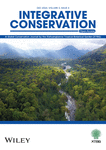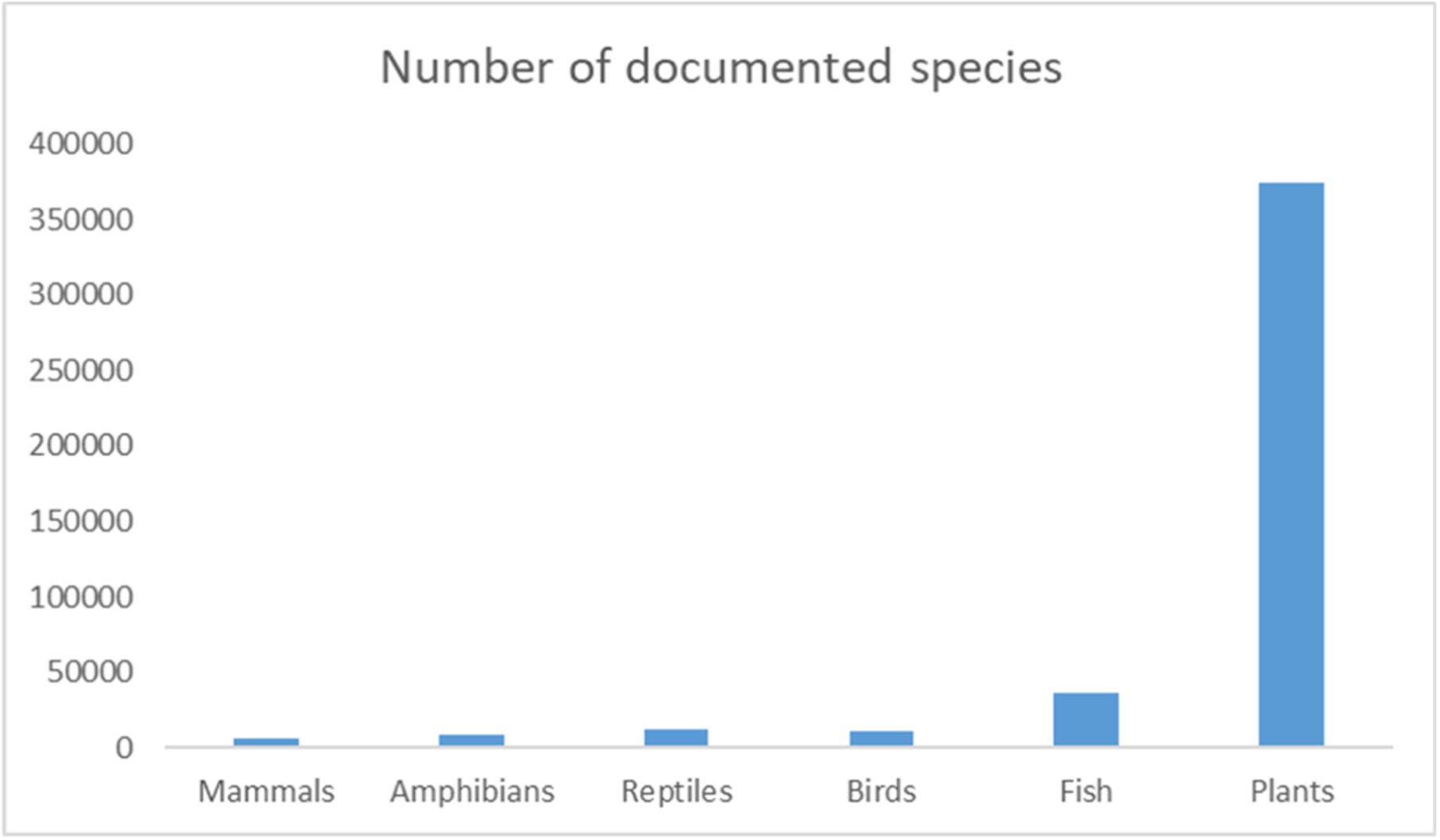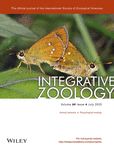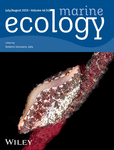Journal list menu
Export Citations
Download PDFs
ISSUE INFORMATION
CORRESPONDENCE
Surveys on tokay gecko trade as traditional Chinese medicine in Hong Kong put spotlight on imports from Indonesia and Vietnam
香港传统中药大壁虎的贸易调查聚焦来自印度尼西亚和越南的进口
- Pages: 287-289
- First Published: 28 October 2024
Persisting plant blindness in conservation efforts
在保护工作中一直被忽视的植物保护
- Pages: 290-293
- First Published: 08 December 2024
REVIEW ARTICLE
Prospects for conserving freshwater fish biodiversity in the Anthropocene: A view from Southern China
人类世下淡水鱼类生物多样性保护的前景:以中国南方为视角
- Pages: 294-311
- First Published: 19 December 2024
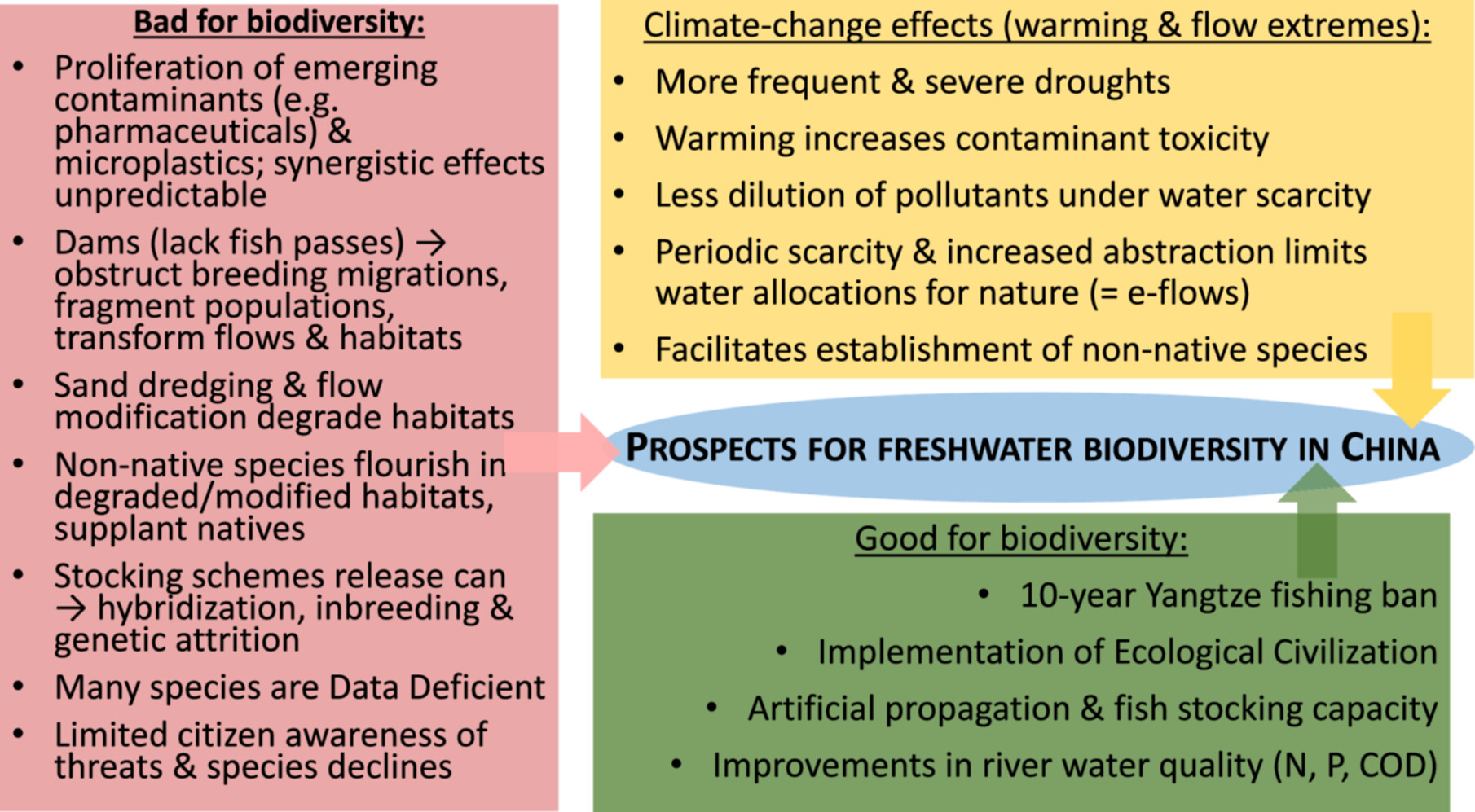
Freshwater biodiversity in China is threatened by multiple anthropogenic factors, and while there are some reasons to suppose it may be possible to bend the curve of biodiversity loss, the variety of threats and their likely interactions with ongoing climate change provide little basis for optimism. For example, the historic overexploitation of Yangtze fish could be alleviated by a recent fishing ban, but population restoration will be prevented by the presence of a dam cascade that has altered flow regimes, fragmented populations and hindered recruitment, exacerbating the effects of habitat degradation that has taken place during recent decades.
Biosphere reserves in the megadiverse Cape Floristic Region are effective in conserving arthropod diversity
开普植物区的生物圈保护区有效保护了节肢动物多样性
- Pages: 312-329
- First Published: 10 December 2024
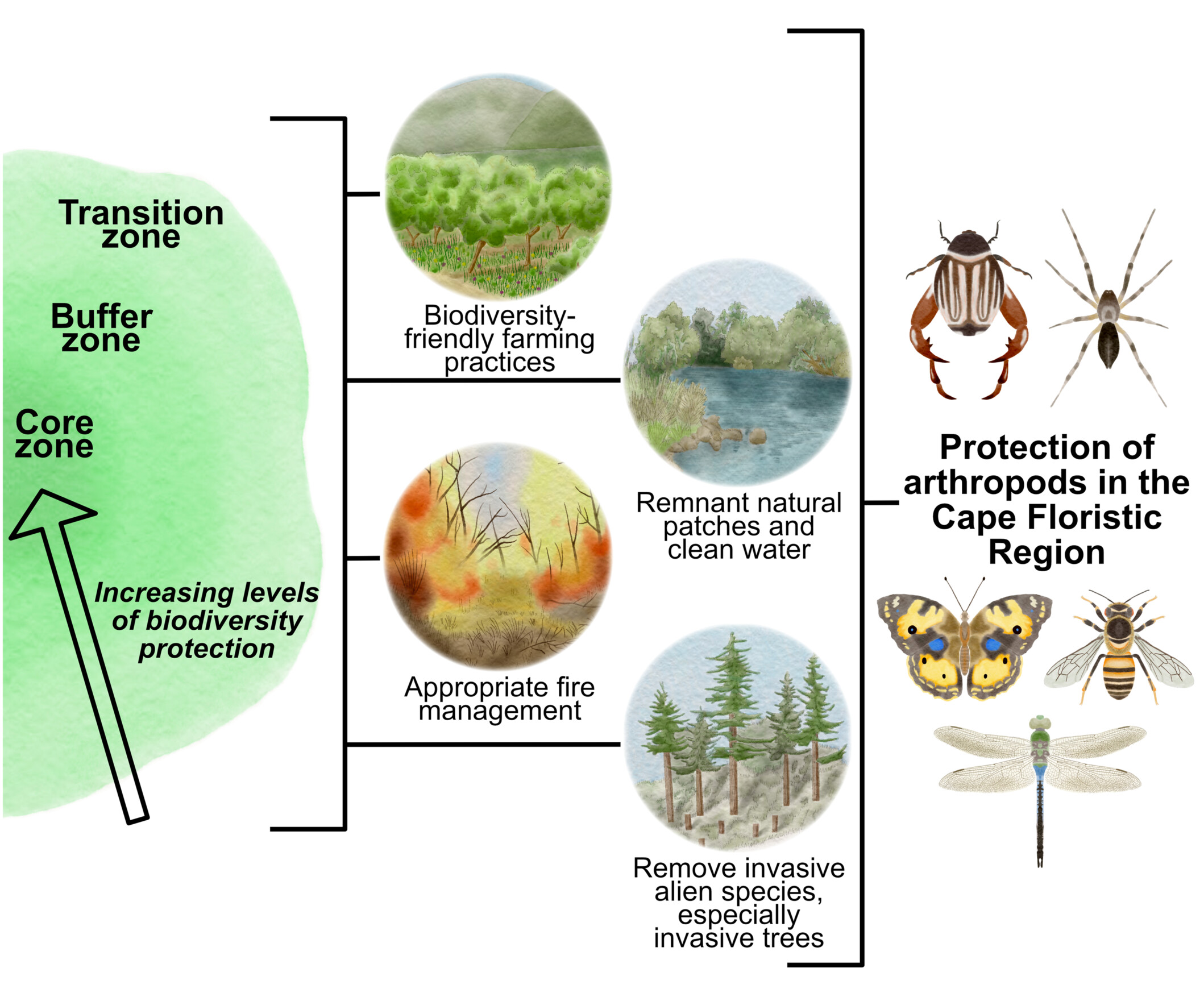
Biosphere reserves aim to protect global biodiversity alongside social and economic development. In the Cape Floristic Region, biosphere reserves are an effective conservation approach to protect arthropods against habitat transformation in this biodiverse region. This is done by setting aside land for conservation in core zones, transitioning from conventional to agroecological farming approaches in buffer and transition zones, and focusing conservation efforts on both terrestrial and aquatic habitats.
Pollination research in India: Current status, future vision and conservation implications
印度的传粉研究现状、愿景与保护启示
- Pages: 330-341
- First Published: 10 December 2024
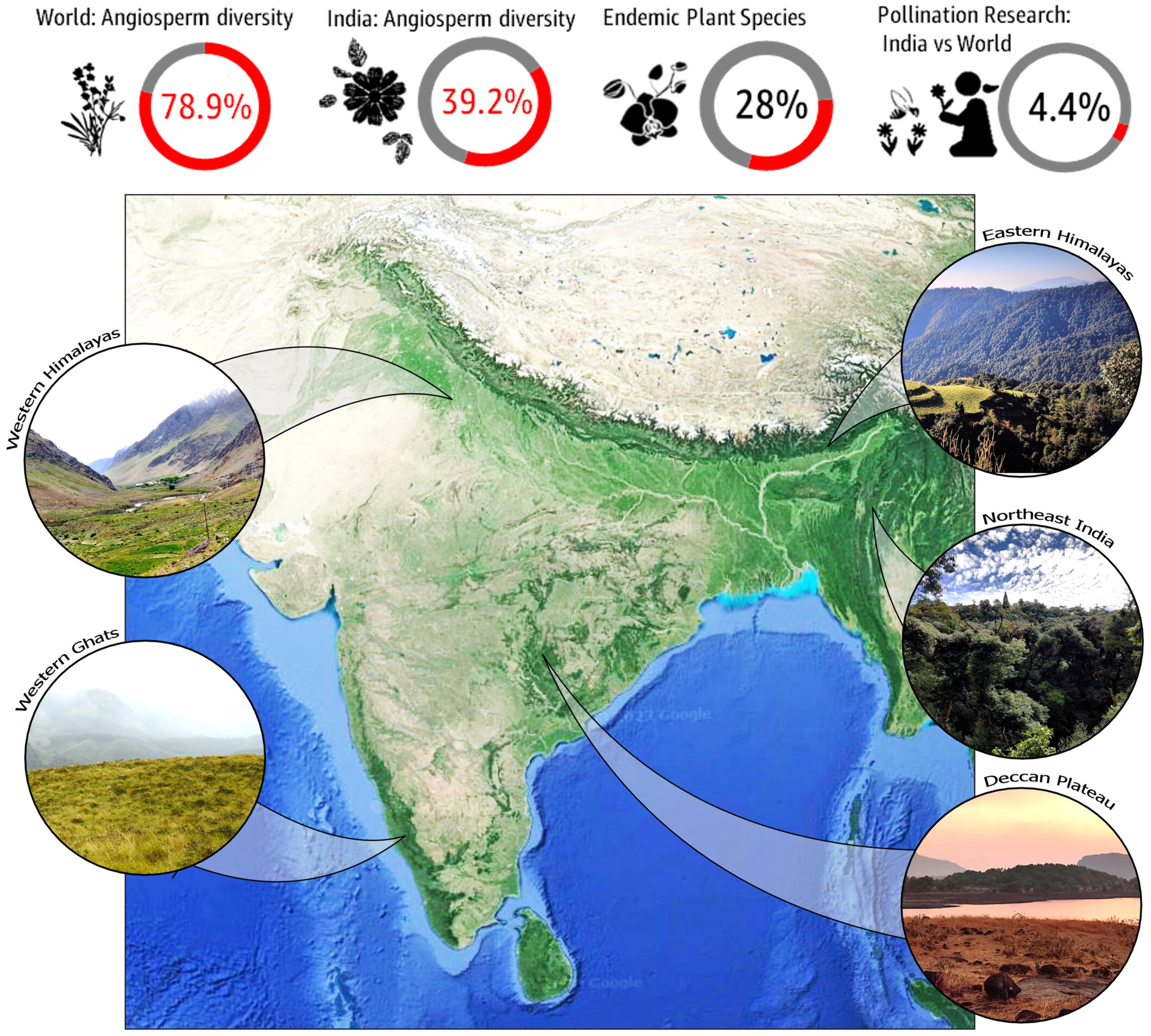
Despite the availability of data on plants and their pollinators from the Indian sub-continent, detailed investigations that explain the intricacy of the mutualistic interaction at both population and community levels have largely been limited. This review explores the current status of pollination ecology research in India and suggests future directions in this field, stressing the need to collect effective life-history data which can be utilized by both the scientific community as well as the policymakers.
RESEARCH ARTICLE
Forests and Mediterranean squamates: How does crown canopy impact species richness and phylogenetic diversity?
森林与地中海有鳞目动物:树冠如何影响物种丰富度和系统发育多样性?
- Pages: 342-352
- First Published: 12 December 2024
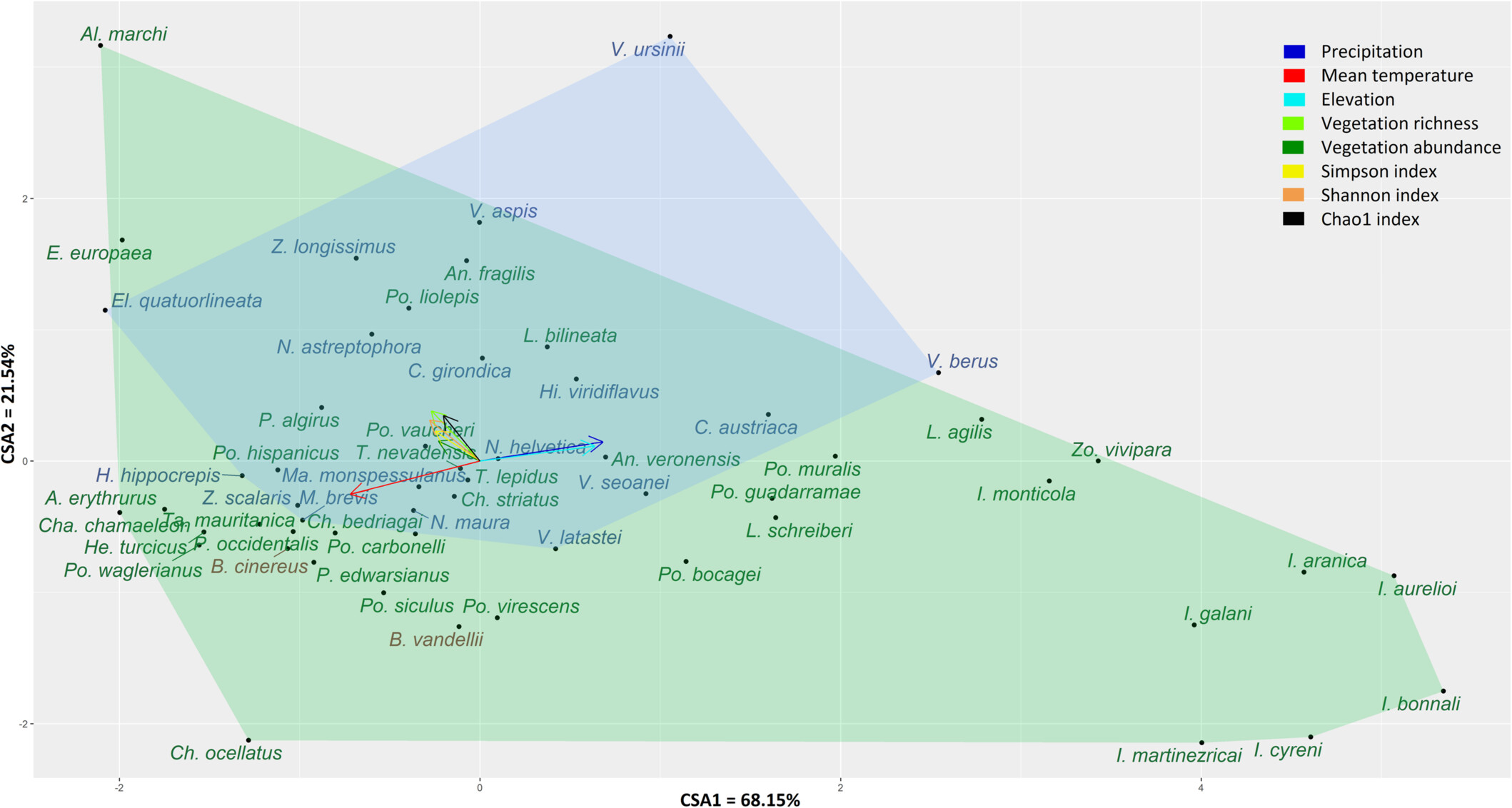
Human activity, particularly the increase in forested areas across the western Mediterranean, has impacted squamate diversity. This study investigated the impact of canopy cover on squamate assemblages, finding the highest diversity in areas with moderate tree cover. To balance reforestation with reptile conservation, prioritizing areas already low in diversity or lacking threatened species is recommended.
Gaps in the protection of the amphibians of Myanmar—threat status, endemism, protected area coverage and One Plan Approach conservation
缅甸两栖动物保护之不足——受威胁状况、特有性、保护区覆盖范围及“一揽子保护计划”(One Plan Approach)
- Pages: 353-367
- First Published: 19 December 2024
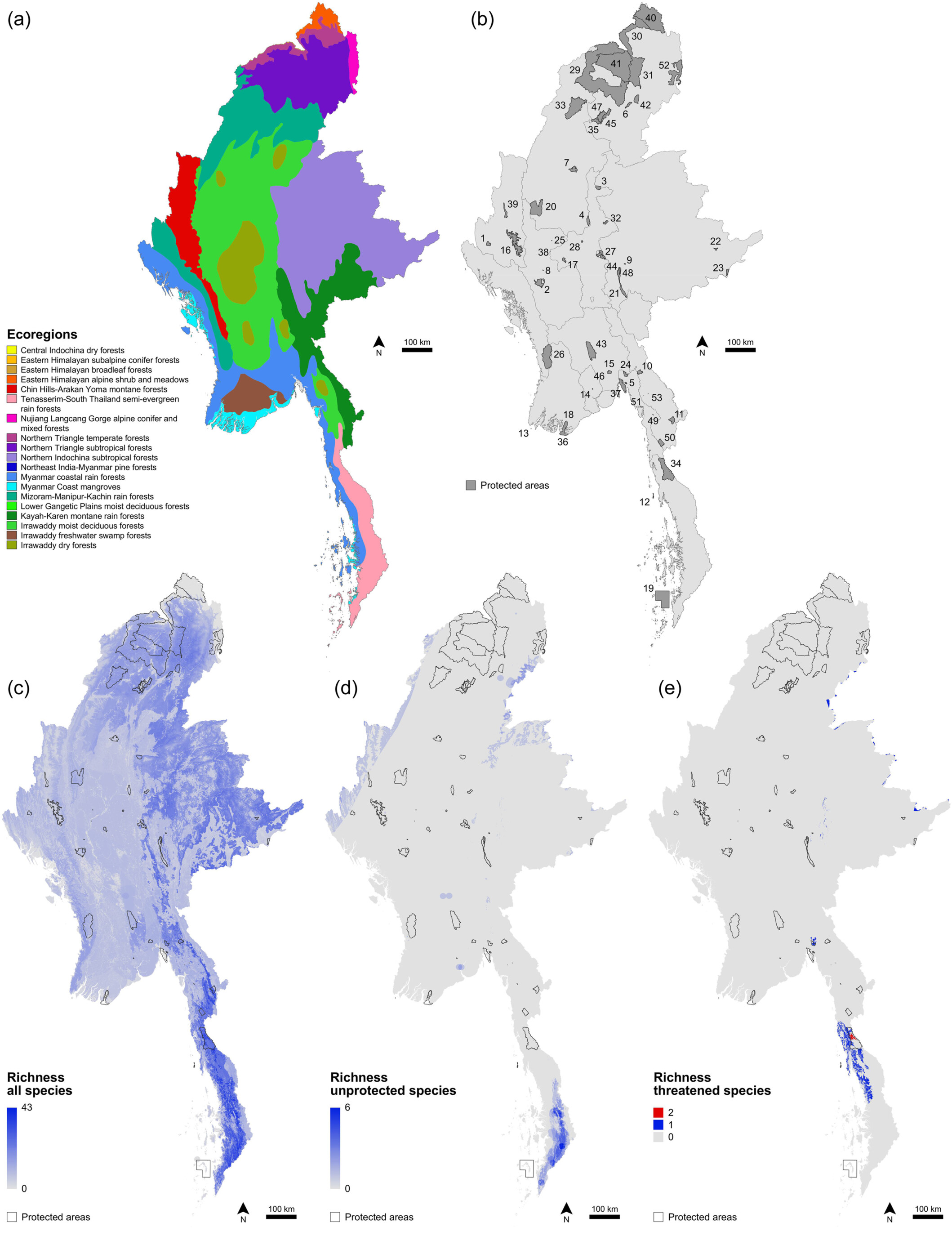
The One Plan Approach to Conservation of the International Union for Conservation of Nature highlights the importance of combining on-site conservation actions with captive breeding efforts. Among vertebrates, amphibians are one of the groups with the highest proportion of species threatened with extinction. In this study, we focus on the protection status of the amphibian fauna of Myanmar, a key part of the Indo-Burma biodiversity hotspot.
Using life history traits to assess climate change vulnerability in understudied species
利用生活史特征评估研究不足物种的气候变化脆弱性
- Pages: 368-381
- First Published: 10 December 2024
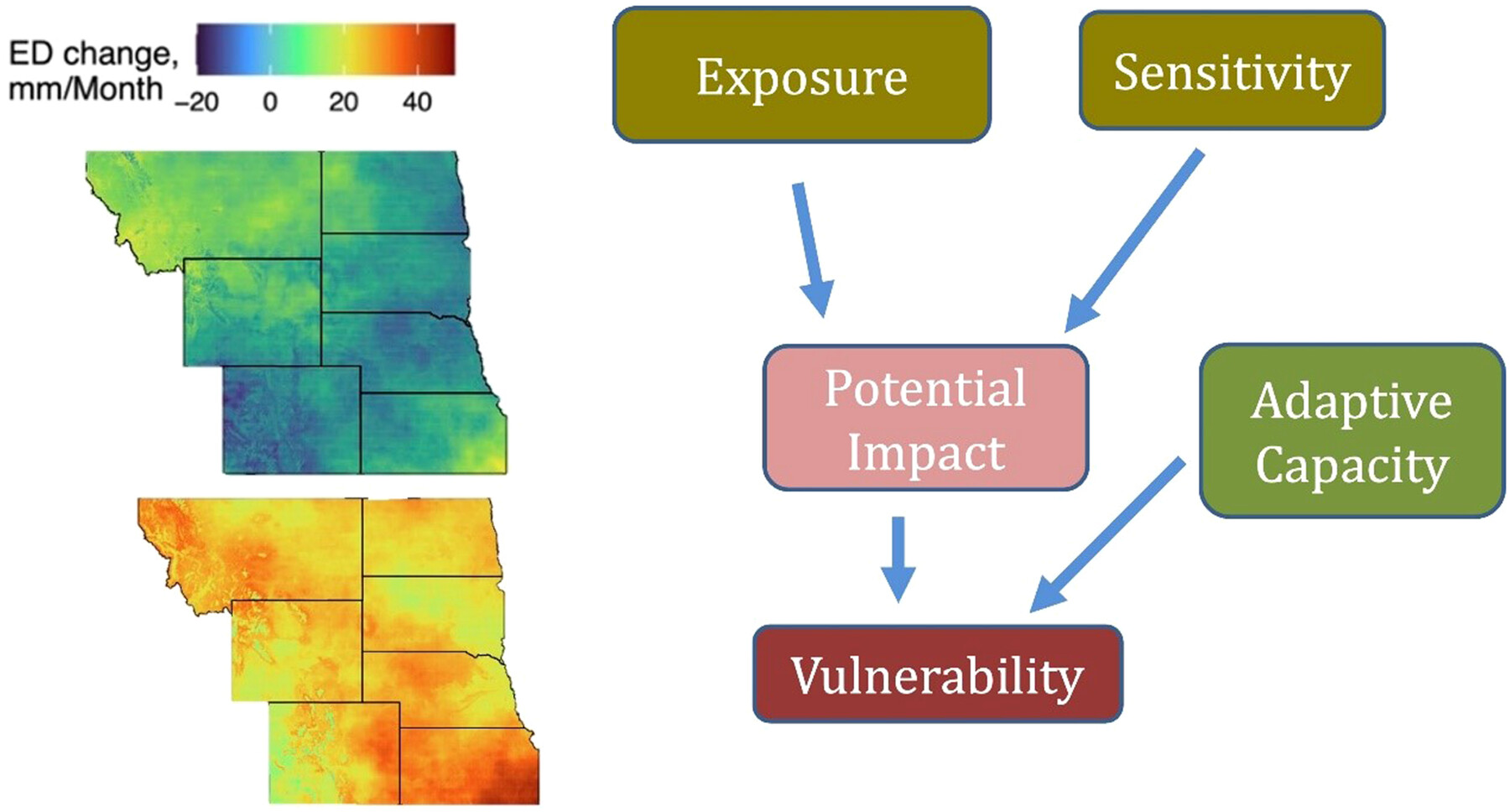
Lack of species information complicates understanding climate change vulnerability, but life history traits can be proxies for missing information. In the north-central United States, useful traits for discriminating vulnerability of amphibians include range size, clutch size, diel activity patterns, and habitat breadth. Species traits are more useful for ranking vulnerability when projected exposure to climate change is homogeneous across a group of species; otherwise exposure to climate change is likely more indicative of vulnerability.
Guanotrophy: Waterbirds Pay for Using Resources at Their Wintering Habitats
鸟粪营养学 :水鸟在越冬栖息地使用资源后留下回报
- Pages: 382-397
- First Published: 25 December 2024
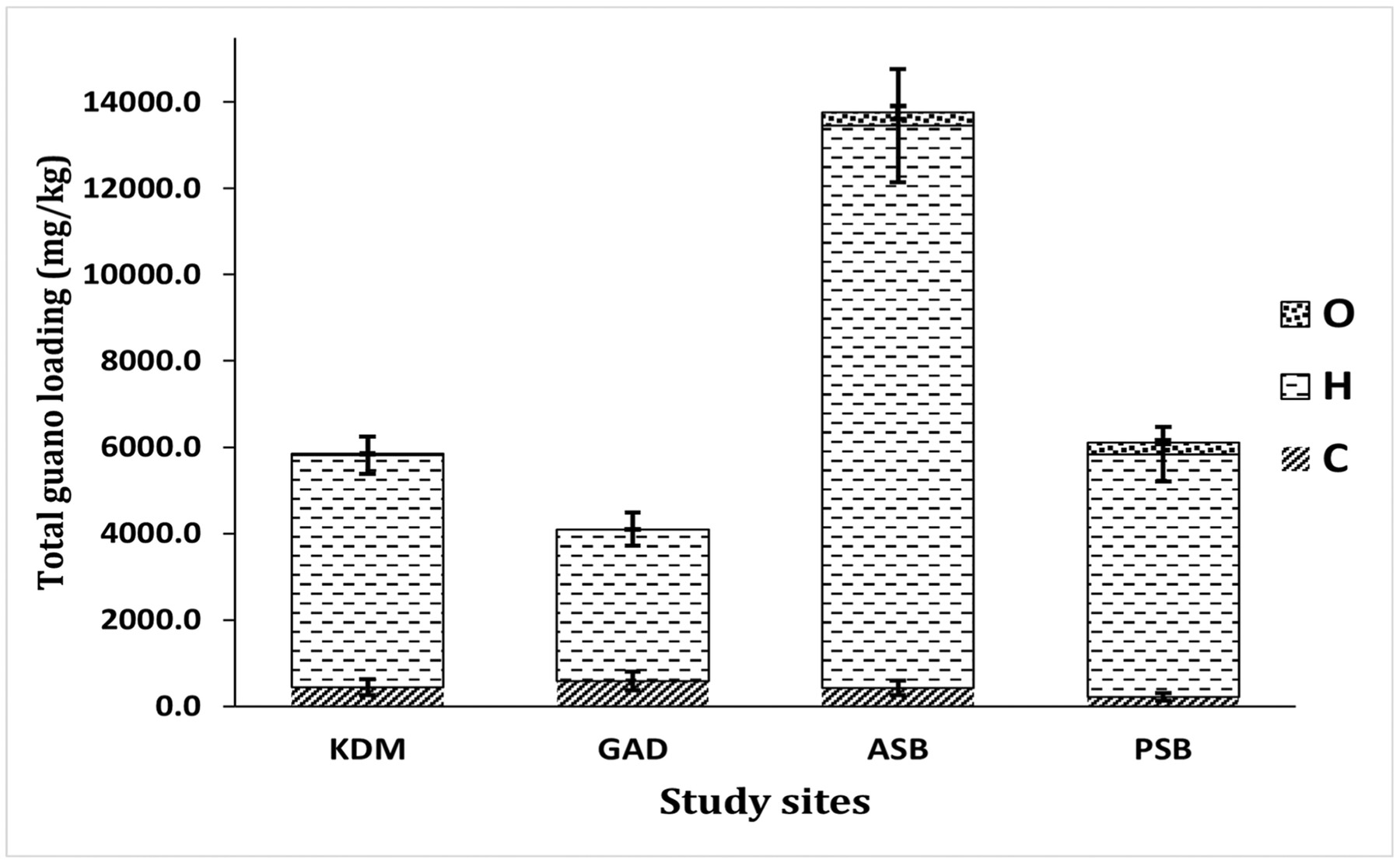
Significant waterbird colonisation was recorded in the wintering period (October through March in 2018–2019 and 2019–2020) in wetlands on Central Asian and East Australasian Flyways. Different limnochemical conditions influenced nitrate and phosphate concentrations. Guanotrophic nutrient enrichments are important to sustain the nitrate and phosphate regime of the wetlands. Guano inputs significantly correlated with N and P enrichments in water. Herbivores followed by carnivore waterbirds contributory to guanotrophic nutrient loadings in freshwater wetlands.
Projected Climate Scenarios Reveal an Expanding Suitable Habitat for the Critically Endangered African White-Backed Vulture Gyps africanus
预测的气候情景揭示了极危非洲白背兀鹫的适宜栖息地不断扩展
- Pages: 398-409
- First Published: 30 December 2024
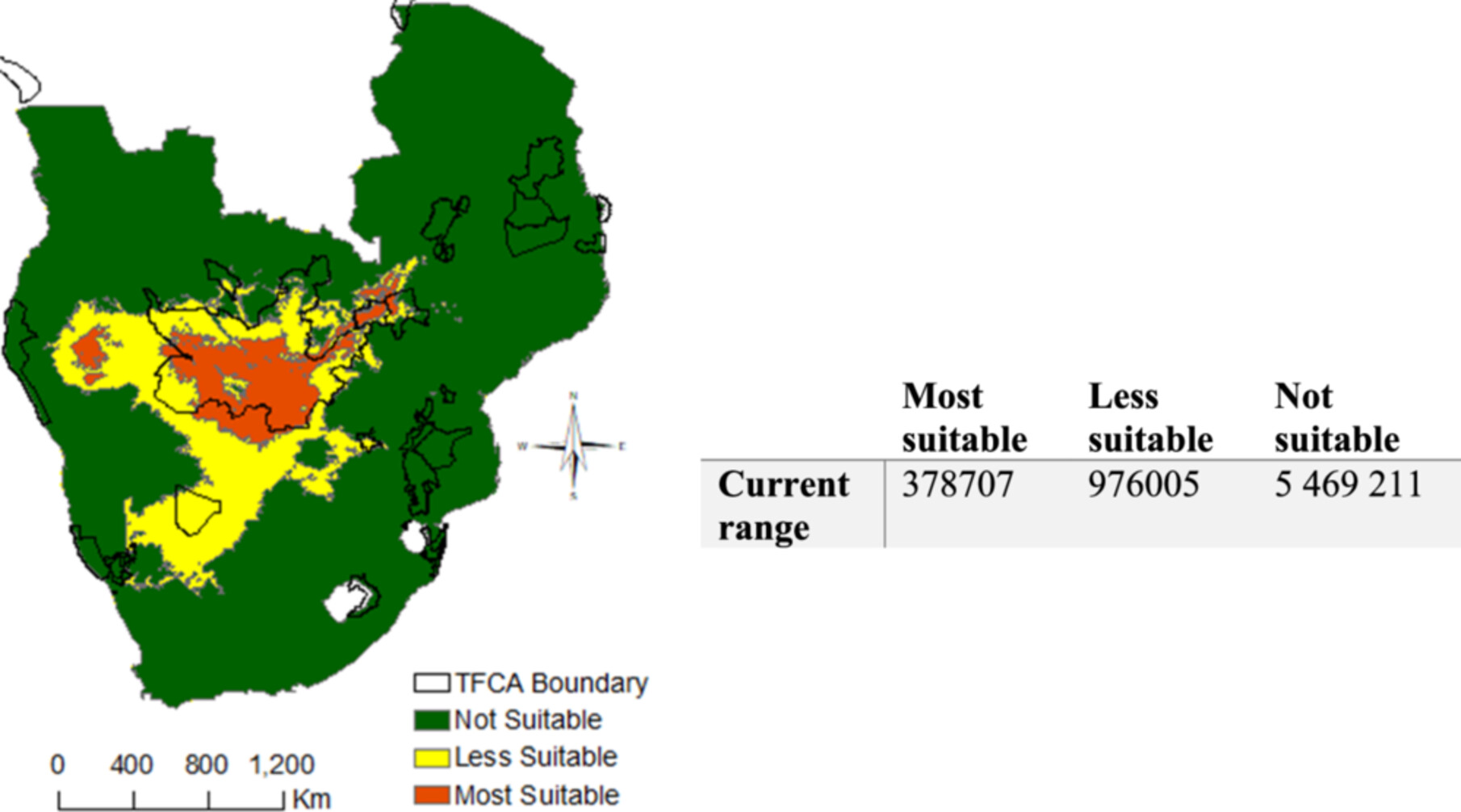
Understanding the potential impacts of projected climate change scenarios on critically endangered species is critical to guide effective conservation planning. Species distribution modelling techniques such as MaxEnt are increasingly becoming important tools for predicting habitat shifts in response to projected climate change scenarios. Results from this study reveal an expanding climatically suitable habitat for the African White-backed Vultures based on different global circulation models and carbon emission scenarios used in this study.
A cross-taxon study in Thailand demonstrates significance of vertical stratification and seasonality in monitoring tropical forest insects
昆虫垂直分层和季节性在泰国热带森林监测中的重要性
การศึกษาข้ามกลุ่มทางอนุกรมวิธานในประเทศไทย แสดงให้เห็นถึงความสำคัญของการแบ่งชั้นตามแนวตั้งและฤดูกาล ในการติดตามแมลงในป่าเขตร้อน
- Pages: 410-425
- First Published: 10 December 2024
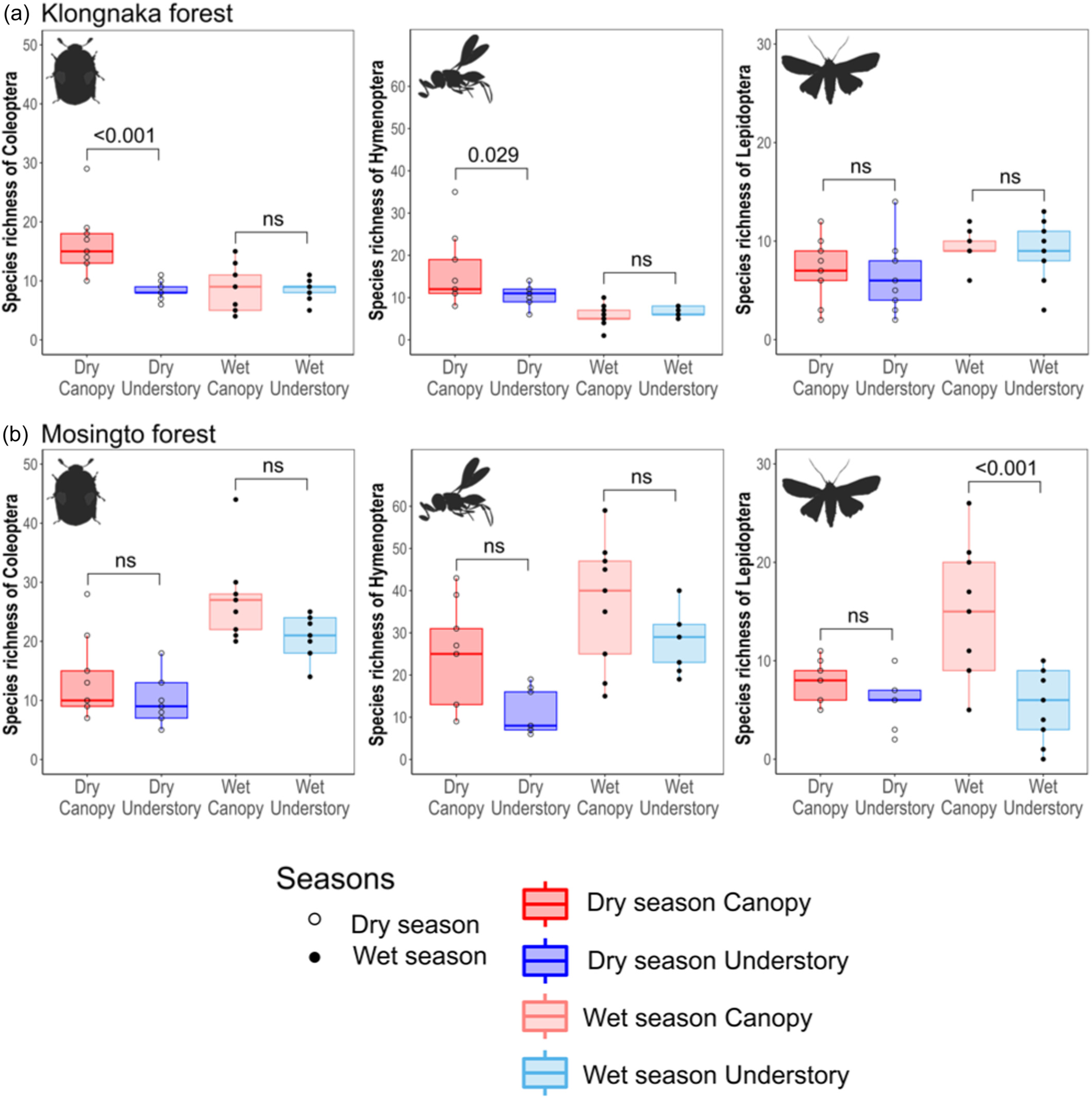
We address the importance of spatial and temporal dynamics for forest biodiversity monitoring by investigating the most diverse and ecologically important insect groups (Coleoptera, Hymenoptera, and Lepidoptera) from the canopy and understory during the dry and wet seasons in two tropical rainforests in Thailand. Our findings suggest that monitoring programs should consider three-dimensional space and seasonal dynamics to comprehensively monitor and predict the fate of tropical forest insect diversity in response to anthropogenic and other forms of disturbance.
Rosettes in a matrix: Predicting spatial variation in density of a large felid in a forest-production mosaic
多用途景观中的“玫瑰花纹”:预测森林-生产镶嵌区大型猫科动物密度的空间变化
- Pages: 426-437
- First Published: 12 November 2024
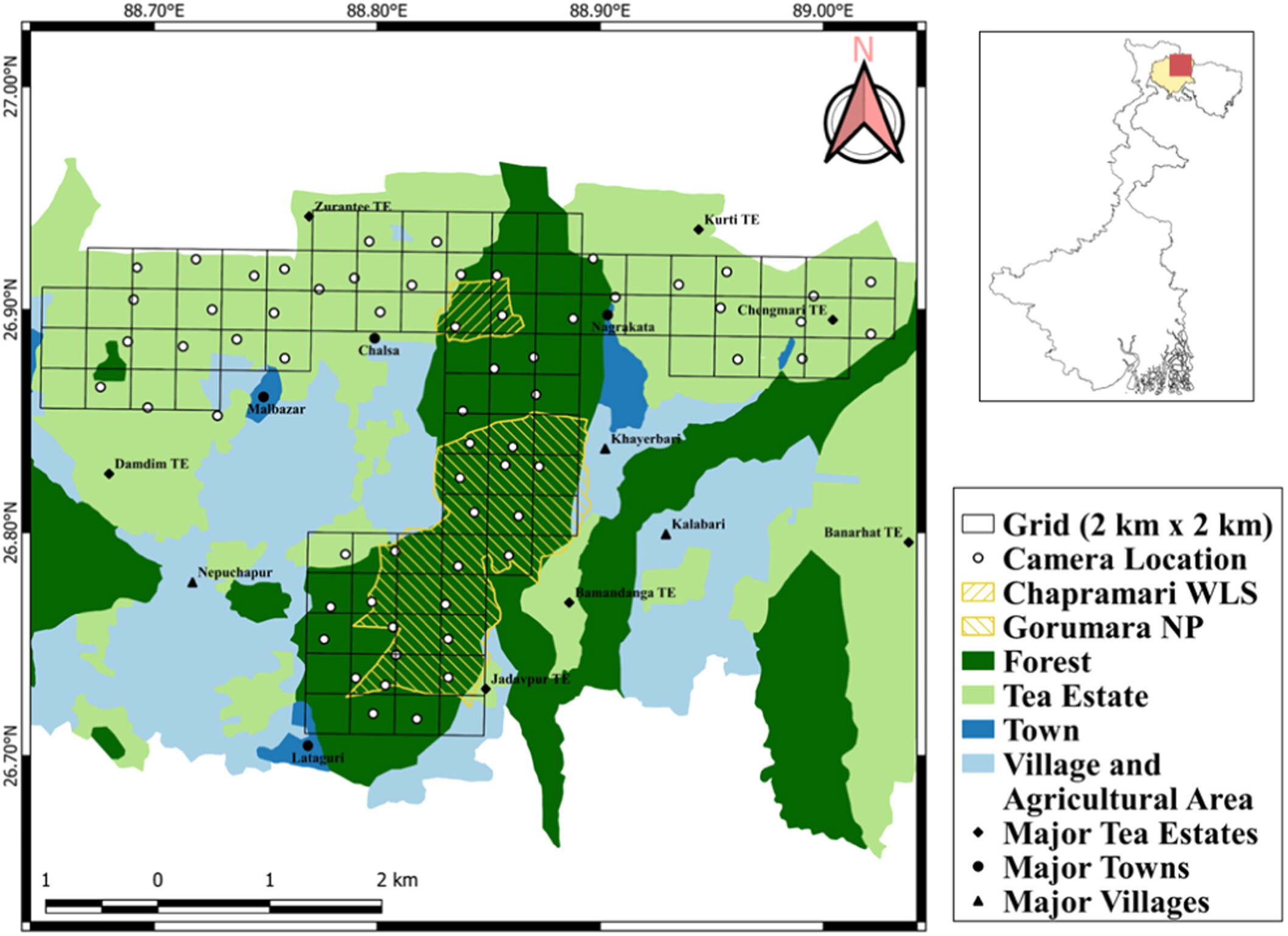
Globally, human-use landscapes are being reported to be large carnivore habitats. The study examines the spatial variation of leopard density in the forest-human use landscape mosaic of the Duars region of West Bengal. Tea estates overshadow forested areas in terms of the absolute density of leopards, reiterating the potential of human-use areas to be conservation landscapes for adaptable species.




